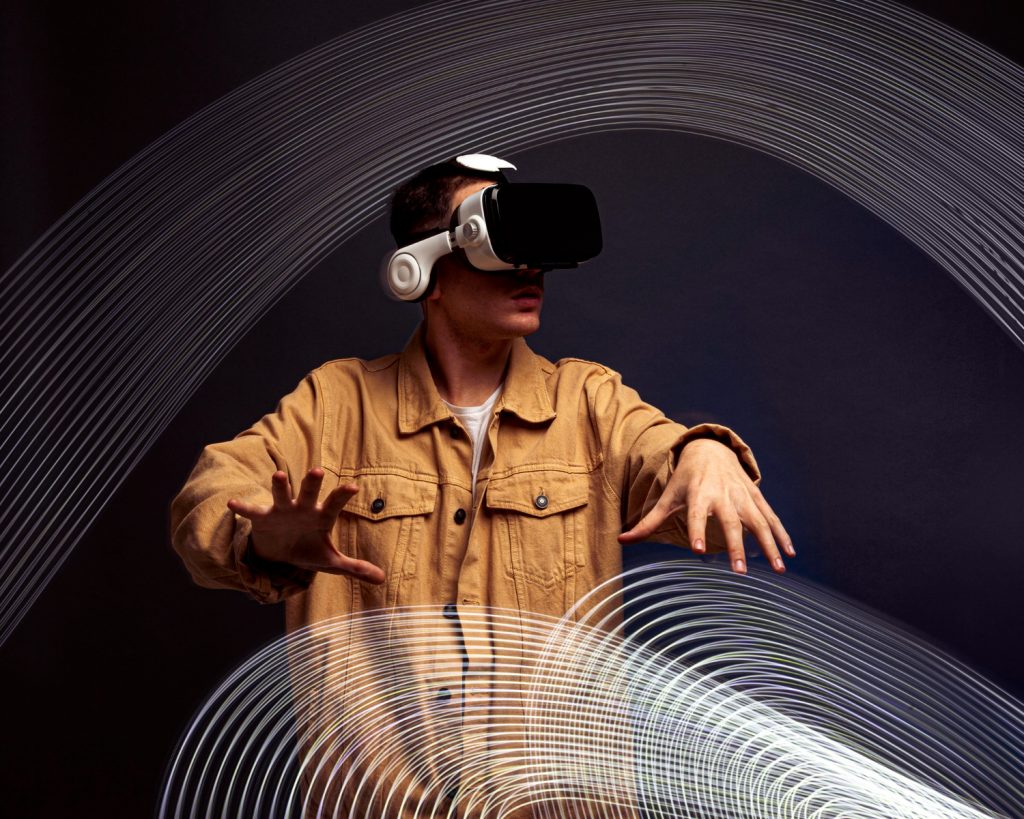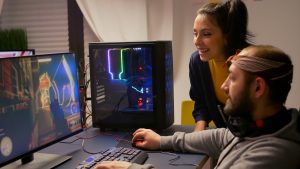Luma AI has gained widespread popularity for its AI-powered 3D capture and reconstruction technology, allowing users to turn simple smartphone videos into photorealistic 3D models, NeRFs (Neural Radiance Fields), and immersive scenes. It’s used in gaming, AR/VR development, product showcases, and digital art.
But as interest in 3D scanning and AI-generated environments explodes in 2025, users are seeking Luma AI alternatives for reasons like more export formats, better mobile support, decentralized control, or deeper creative tools.
Whether you’re a developer, artist, architect, or 3D enthusiast, here are the 10 best Luma AI alternatives to explore this year.
1. Polycam – The Best All-Around Luma AI Alternative
Polycam offers LiDAR and photogrammetry scanning, letting users turn photos or videos into accurate 3D models. It’s great for iOS users with LiDAR-equipped iPhones/iPads but also supports Android and web-based tools.
Polycam allows .obj, .glb, .usdz, and .ply exports, making it highly compatible with modeling, AR, and game engines.
Best for: 3D scanning on mobile devices for architecture, art, and virtual tours.
Why it’s great: Fast capture, clean interface, and multi-platform support.
2. RealityCapture – Professional-Grade Photogrammetry
RealityCapture is a photogrammetry powerhouse used in industries like gaming, film, and archaeology. It processes hundreds of high-res images into detailed 3D models, point clouds, or textured meshes with precision.
Though it’s more technical than Luma AI, it’s ideal for professional 3D creators.
Best for: High-end workflows requiring cinematic or industrial 3D assets.
Key benefit: Unmatched detail and depth from still image sets.
3. Kiri Engine – Affordable Mobile Photogrammetry
Kiri Engine is a mobile app (Android/iOS) that turns photo sequences into 3D models via cloud photogrammetry. It’s beginner-friendly and affordable, with generous free tier limits and optional Pro upgrades.
It supports export to STL, PLY, OBJ formats for use in 3D printing or Blender.
Best for: Beginners and hobbyists scanning on a budget.
Why people love it: Easy-to-use mobile interface + free cloud processing.
4. 3DF Zephyr – Desktop-Based Photogrammetry Suite
3DF Zephyr lets you process photos or videos into 3D models without cloud uploading, offering full offline privacy. It’s available on Windows and offers different versions—free, lite, and pro—depending on your needs.
It includes tools for mesh editing, animation, and textured model exports.
Best for: Users needing desktop photogrammetry without cloud dependency.
Highlight: Offline rendering + rich export controls.
5. Meshroom – Free and Open-Source Photogrammetry
Meshroom is a completely free photogrammetry tool based on AliceVision. It requires no subscription, supports GPU acceleration, and works well with high-end NVIDIA cards.
While it’s more complex than Luma AI, it’s perfect for open-source advocates and 3D artists who prefer working offline.
Best for: Developers and artists wanting free photogrammetry tools.
Why it’s awesome: 100% free, no data tracking, customizable workflows.
6. Scaniverse – iOS LiDAR Scanning with Fast Output
Scaniverse leverages LiDAR-enabled iPhones and iPads to scan indoor environments, objects, and even landscapes into 3D models.
It’s great for room capture, interior design, and furniture modeling, and supports direct export to CAD and AR formats.
Best for: iPhone users scanning rooms or objects for interior or product use.
Strength: Instant export to USDZ, OBJ, and sharing to Sketchfab or CAD.
7. Metascan – Photorealistic AI 3D Model Generator
Metascan focuses on photorealism using machine learning-enhanced NeRF and SDF reconstruction. It’s similar to Luma AI but supports multi-view imaging, and outputs are ideal for XR experiences, gaming assets, or web-based 3D displays.
Best for: Realistic game or metaverse asset generation.
Why it stands out: AI-assisted realism + modern NeRF outputs.
8. Artec Studio – Industrial-Grade 3D Scanning and Editing
Artec Studio works with hardware 3D scanners to create ultra-high-resolution models used in medical imaging, reverse engineering, industrial inspection, and CGI.
It’s not for casual creators—but for companies and labs, it’s the gold standard.
Best for: Engineers, manufacturers, and scientists.
Key feature: Hardware-optimized precision with real-time alignment tools.
9. RealityScan by Epic Games – Mobile Scanning for Creators
RealityScan, created by Epic Games and Quixel, is a free mobile photogrammetry app that lets creators turn real-world assets into game-ready 3D models.
It connects directly with Sketchfab for publishing and integration with Unreal Engine.
Best for: Game developers and Unreal Engine users.
Why it’s perfect: Optimized workflow from phone to 3D asset pipeline.
10. Trnio – Social 3D Capture with iOS and Cloud Sync
Trnio offers a unique social approach to 3D scanning. You can shoot photos or 3D LiDAR scans and sync them to the cloud, then view your collection like a digital gallery.
It’s fun, visual, and great for creators who want to share, remix, and repurpose scans.
Best for: 3D artists, educators, and creators sharing scanned art or assets.
What makes it cool: Community-driven scanning and cloud storage.
Conclusion:
While Luma AI leads in NeRF-based 3D imaging and mobile ease, 2025 brings a whole range of alternatives offering better control, higher precision, or broader format support:
-
Use Polycam or RealityScan for fast mobile scans.
-
Try Meshroom or n8n for open-source control.
-
Choose RealityCapture or 3DF Zephyr for industrial-grade modeling.
-
Go with Metascan if you want high-fidelity AI-rendered assets.







